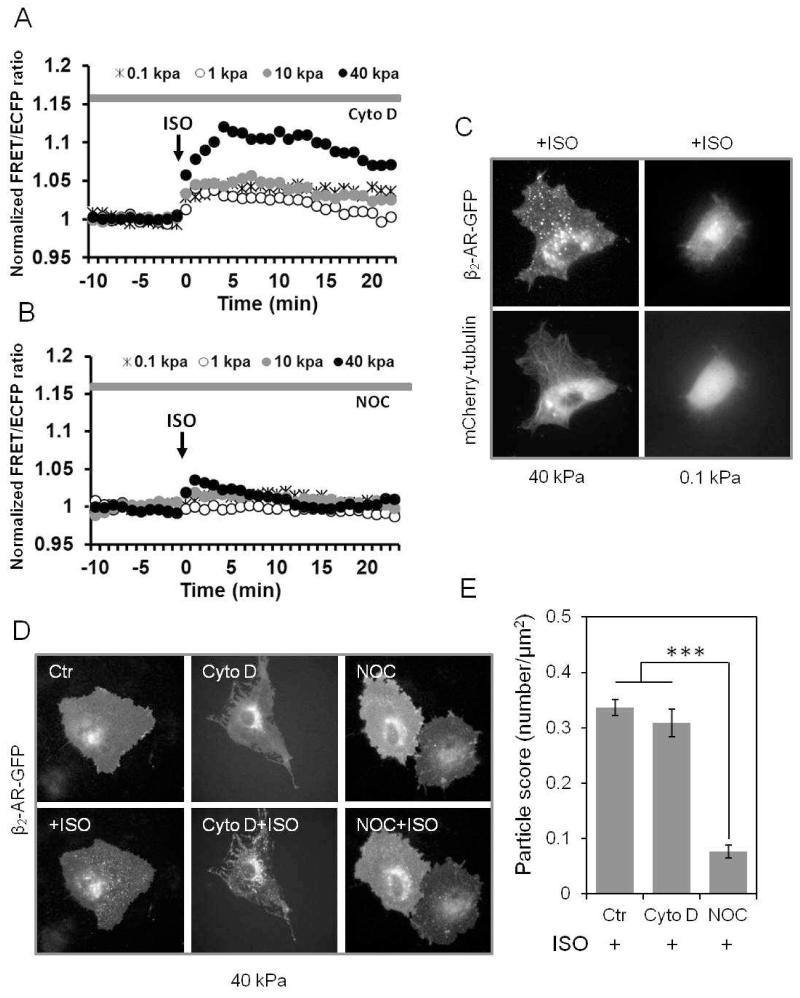Figure 3. Microtubules mediate the effect of substrate stiffness on ISO-induced PKA activation and receptor internalization.
Time courses represent the normalized FRET/ECFP emission ratio of ECFP-AKAR2-YPet sensor in response to ISO. The cells were cultured on gels with different stiffness (0.1-40 kPa) and pretreated with (A) Cytochalasin D (Cyto D, n=6), an inhibitor of actin polymerization or (B) Nocodazole (NOC, n=6), an inhibitor of microtubule polymerization. ISO-induced PKA activation is inhibited by NOC, but not Cyto D. (C) HMSCs cultured on hard gel (40 kPa) showed a large quantity of internalized particles of β2-AR and well organized microtubule structures (mCherry-tubulin) compared to the cells on soft gel (0.1 kPa). (D & E) Fluorescence images (D) and bar graphs (E) indicate that NOC, but not Cyto D treatment inhibited the ISO-induced β2-AR internalization in cells seeded on substrate gels with different stiffness (n=6, ***P<0.001).

